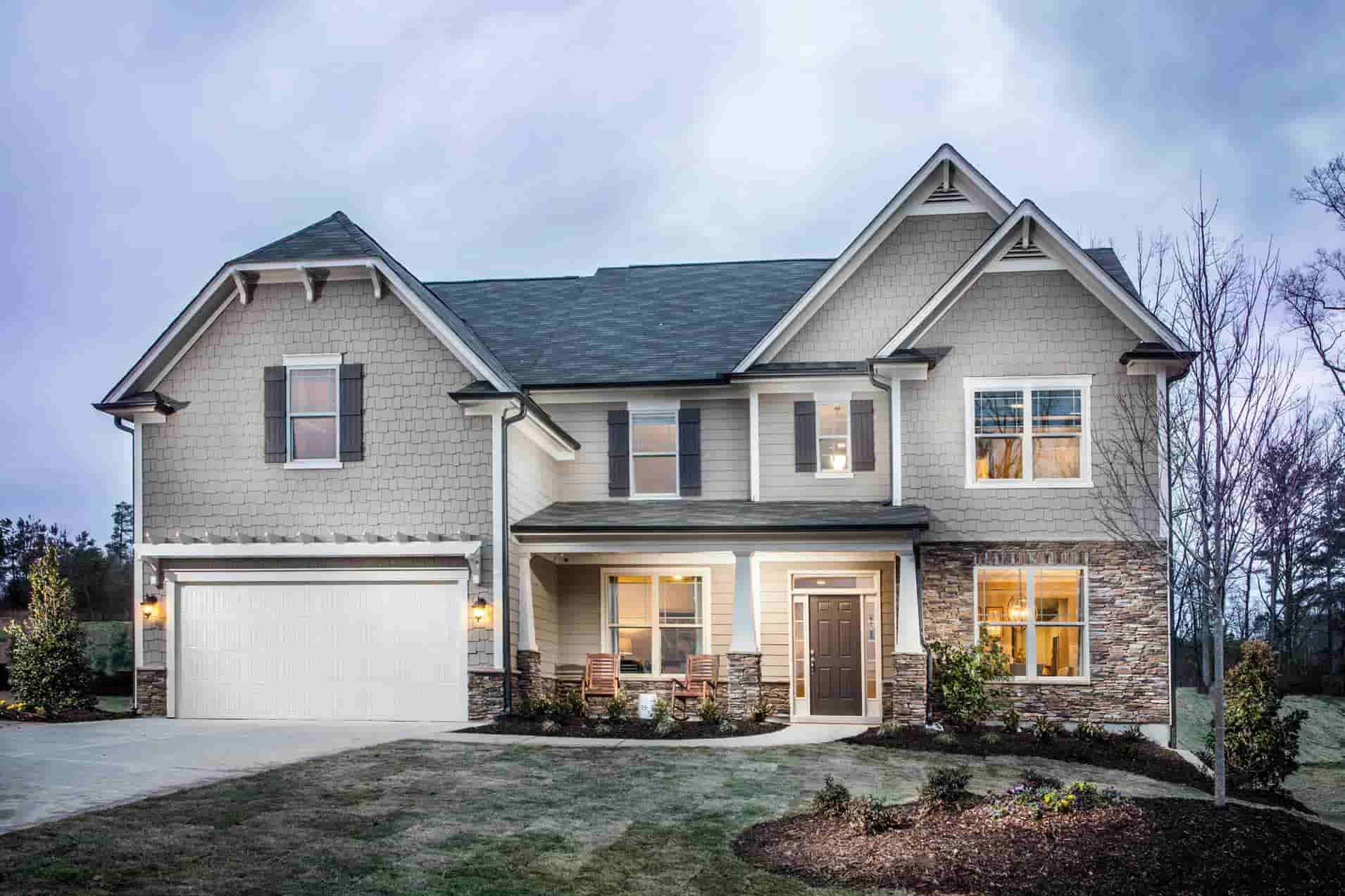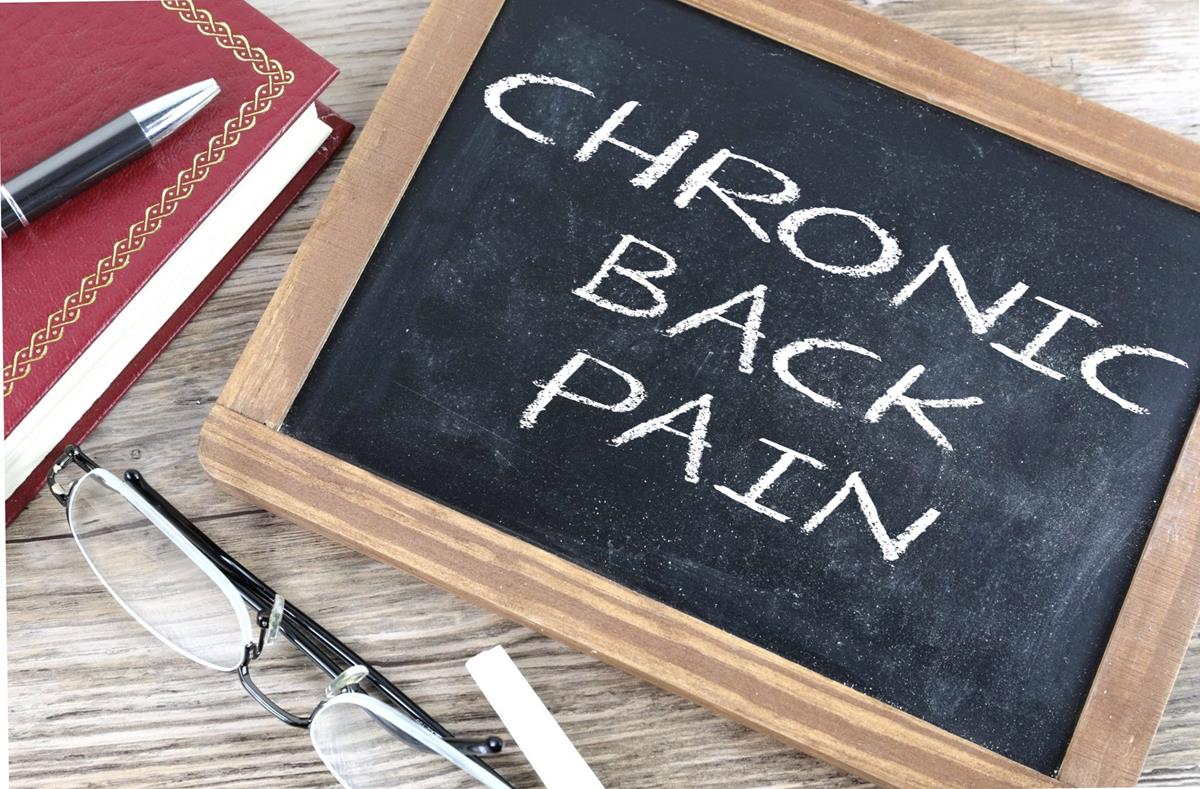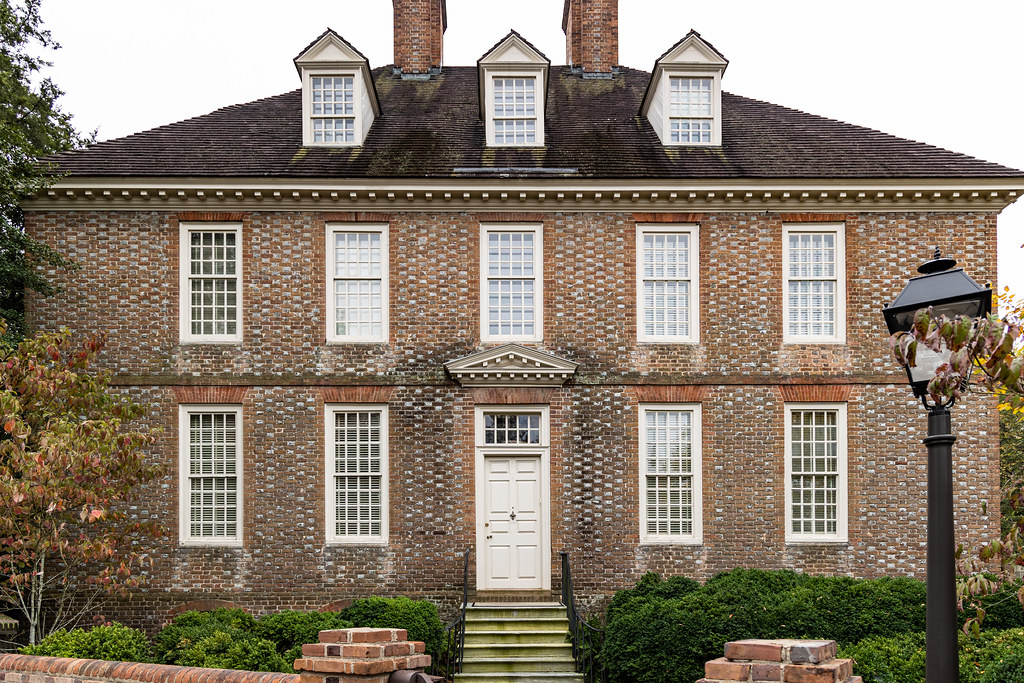
For many, purchasing a home represents the largest investment of their lives, and with that investment comes the crucial need for robust protection. Homeowners insurance is a cornerstone of this security, designed to shield your property and finances from unforeseen events. However, the comprehensive coverage homeowners often assume they have isn’t always as broad as they might imagine. It is vital for every homeowner to delve into the specifics of their policy, particularly the often-overlooked exclusions.
Understanding what your standard homeowners insurance policy *doesn’t* cover can be just as important as knowing what it *does*. While policies offer protection against a multitude of perils, there are specific common disasters and liabilities that are routinely excluded. These exclusions are not hidden clauses but clearly delineated sections within your policy, yet they often catch homeowners off guard when disaster strikes. Being informed about these limitations allows you to make proactive decisions, either by seeking additional coverage or by implementing preventative measures.
This in-depth guide will systematically explore 13 prevalent types of damage and situations that standard homeowners insurance policies typically do not cover. Our aim is to equip you with the knowledge needed to navigate the complexities of insurance, ensuring you can make informed choices to safeguard your home and assets effectively. Let’s uncover these critical areas where your standard policy likely falls short, helping you avoid potential financial traps.
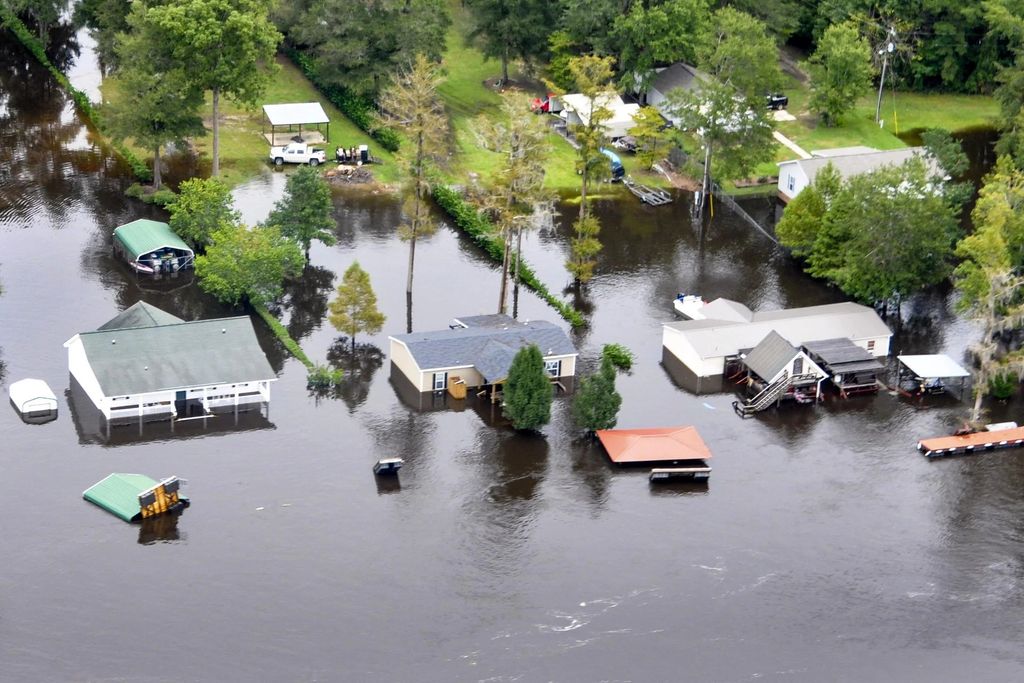
1. **Flooding**
One of the most frequent misconceptions among homeowners is that their standard policy will cover damage caused by flooding. Unfortunately, this is not the case. Homeowners insurance policies explicitly state that they do not cover water damage that originates from natural flooding, heavy rain, sewer line backups, sump pump failures, or water that seeps up from the ground to affect your home’s foundation. This distinction is crucial because water damage is a broad category, and the source of the water determines coverage.
While natural flood damage is excluded, it is important to understand the nuances. If a house fire or explosion occurs and is directly caused by one of these excluded types of water damage, such as a major flood leading to an electrical short circuit and then a fire, your policy would likely cover the subsequent fire or explosion damage. This highlights the importance of understanding the direct cause versus the indirect consequences of an event when filing a claim.
For homeowners in flood-prone areas or those concerned about water seeping from the ground, purchasing a separate flood insurance policy is typically necessary. This specialized coverage is designed to address the very perils that standard home insurance policies exclude. Without it, you could face substantial out-of-pocket expenses for repairs, reconstruction, or replacement of belongings in the event of a flood, emphasizing the need to assess your risk and secure appropriate supplemental protection.
Read more about: Beyond the Boarding Pass: 14 Eye-Opening Airport Realities Every Traveler Needs to Unmask
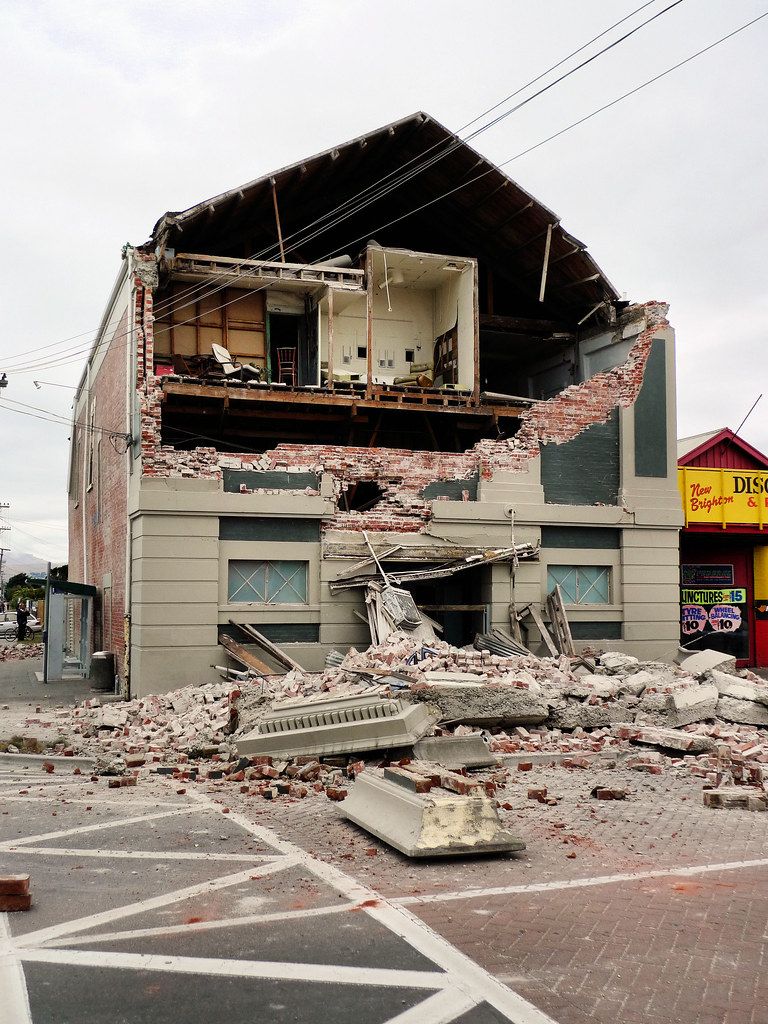
2. **Earth Movements**
Damage resulting from ground movement is another significant exclusion in standard homeowners insurance. This category is quite broad, encompassing a range of geological events that can have devastating effects on a property’s structural integrity. Specifically, it refers to damage caused by earthquakes, land shock waves or tremors that occur both before and after volcanic eruptions, landslides, mudslides, mudflow, subsidence, sinkholes, and any other form of sinking in or shifting of the earth.
These geological phenomena, while natural, are considered distinct from the perils covered under a typical policy, which often focus on more localized and sudden events like fire or windstorms. The extensive and often catastrophic nature of earth movements necessitates a separate type of insurance. Homeowners in regions susceptible to these events are strongly advised to explore additional coverage options to protect their investment against such risks.
However, there are specific exceptions within this exclusion that homeowners should be aware of. For instance, if an earth movement directly leads to a fire or an explosion, the damage caused by that fire or explosion would generally be covered by your standard policy. Furthermore, if a theft occurs after an earthquake, perhaps through a newly created crack or compromised section of your home, your insurance could potentially cover the replacement cost of stolen items. This illustrates the precise boundaries of exclusions, differentiating between the ground movement itself and the subsequent, directly related losses like fire or theft.
Read more about: Mystery Solved: 11 Classic Commercials Who Vanished From Prime Time TV — And Where to Stream Them All Now.

3. **Pest Infestations**
When it comes to the unwelcome presence of pests in your home, standard homeowners insurance policies generally do not provide coverage for damage caused by these intruders. This exclusion applies broadly to animals such as rats, termites, bees, bats, bed bugs, or other infestations. The reasoning behind this exclusion often relates to the nature of pest problems, which are typically viewed as preventable through regular maintenance and upkeep, rather than sudden, accidental perils.
For example, if you discover a pervasive termite infestation that has been slowly deteriorating the wooden structures of your home, the cost to remove the termites and repair the damage they have caused would, in almost all circumstances, fall to the homeowner. Insurers classify such issues as maintenance-related problems, expecting homeowners to take reasonable steps to prevent and address infestations before they lead to significant structural damage.
There are, however, extremely rare and specific circumstances where damage related to pests might be covered. The context states, ‘If a termite infestation causes a section of your house to collapse, that would likely be covered under the ‘collapse’ portion of your policy’s additional coverage section.’ This exception is crucial, as it distinguishes between general infestation damage and a catastrophic structural failure directly attributable to the infestation, which might trigger a specific ‘collapse’ clause if it exists and is activated by such an event. Nevertheless, simply wanting to remove an infestation from your house will almost certainly be an out-of-pocket expense.
Read more about: The Ultimate Guide: 10 Simple Ways to Protect Your Classic Car from Devastating Rodent Damage

4. **Mold or Wet Rot**
Understanding whether your homeowners insurance covers mold damage is often described as ‘a bit tricky’ because coverage depends entirely on the root cause of the mold problem. Generally, if mold develops due to long-term issues such as ongoing leaks, persistent poor home maintenance, or naturally occurring flooding, your homeowners insurance will likely not cover the damage. This stance stems from the insurer’s perspective that homeowners are responsible for maintaining their property and addressing foreseeable problems promptly.
When mold or wet rot develops over an extended period, it’s often attributed to neglect or a failure to address maintenance issues that would prevent such conditions. For instance, a slow, undetected leak under a sink over several months, leading to extensive mold growth and wood rot, would probably not be covered. The insurer could argue that reasonable diligence in home maintenance would have prevented the issue from escalating to that extent.
Conversely, if the mold is a direct result of a ‘sudden and unexpected problem,’ such as a pipe bursting unexpectedly and causing a significant leak that leads to mold growth, then your insurance company might cover the mold damage. The key here is the immediacy and unforeseen nature of the incident. Promptly reporting such an event to your insurer is critical, as delays in notification could lead to a denial, with the argument that timely action could have mitigated the damage. This highlights the importance of quick action and documentation when dealing with water-related incidents.
Read more about: The Culinary Alchemist: 14 Simple Yet Powerful One-Ingredient Kitchen Hacks That Elevate Every Dish

5. **Certain Dog Breeds**
While homeowners insurance policies typically offer coverage for medical and legal expenses arising from dog bites, this protection is not universal across all canine companions. A significant exclusion can apply to dogs with a history of biting or those belonging to ‘certain dog breeds.’ Insurers often maintain lists of breeds they deem high-risk, which can lead to these specific breeds being excluded from your policy’s liability coverage altogether. This means that if a dog from a ‘banned dog list’ causes an incident, you could be personally responsible for all damages.
These ‘banned dog lists’ are a critical consideration for pet owners. The presence of such a list can render a homeowner ineligible for coverage, or at the very least, lead to a specific exclusion for their particular dog. It’s important to note that while any dog with a documented biting history could potentially be excluded, some insurance companies proactively ban specific breeds, regardless of an individual dog’s temperament or history. This policy varies significantly among different insurers and may also be influenced by state regulations, as ‘a company’s banned dog list might not be applicable in all states.’
However, not all insurance companies adhere to such strict breed-specific policies. The context indicates that ‘there are several dog friendly insurance companies that will gladly insure your good boy.’ This provides an important avenue for homeowners with breeds commonly found on exclusion lists to still secure liability coverage. It underscores the necessity of thoroughly researching and comparing policies from different providers to find one that aligns with your specific needs as a pet owner, ensuring both your home and your furry family members are adequately protected.
Read more about: Beyond the Hype: 15 Diet Fads That Unravel the Truth About Lasting Weight Loss
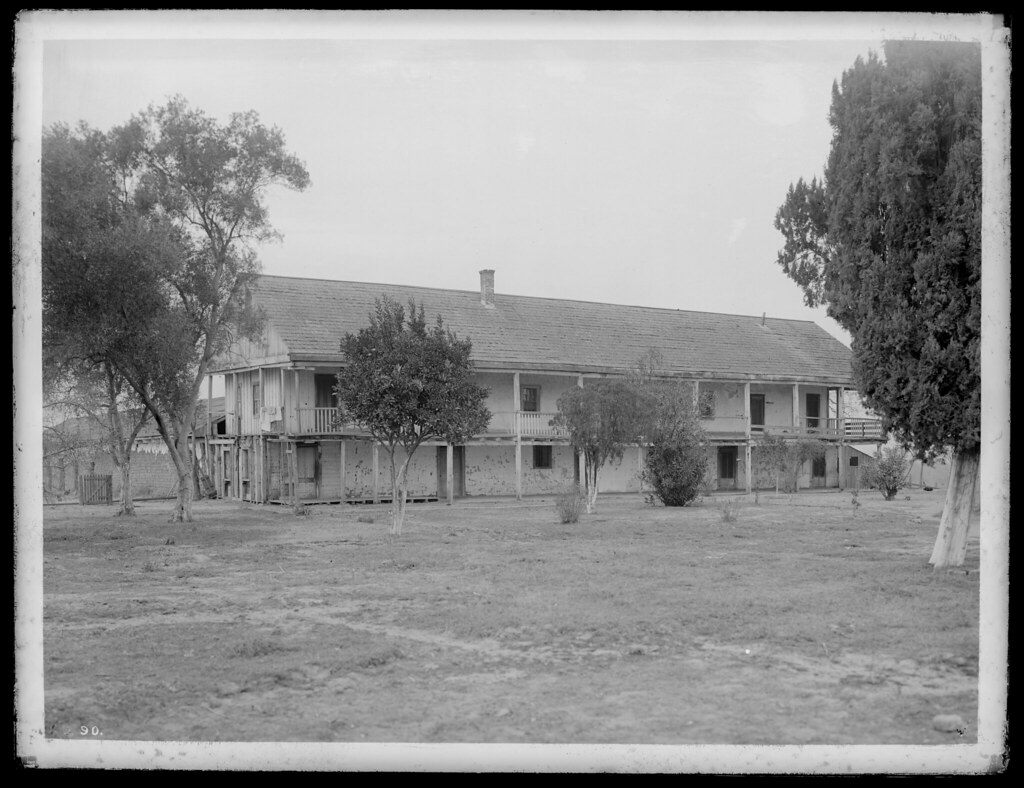
6. **Wear and Tear or Neglect**
The concept of ‘wear and tear or neglect’ is a fundamental exclusion in homeowners insurance, referring to a homeowner’s failure to take ‘any foreseeable means necessary to prevent your property from being damaged.’ This means that gradual deterioration, obvious and preventable leaks, and issues arising from routine maintenance shortcomings are generally not covered. Insurance is designed to cover sudden and accidental losses, not the inevitable aging of a home or problems that could have been prevented with proper upkeep.
Consider, for example, a kitchen sink pipe that has been leaking slowly over several weeks or months. This prolonged leakage could lead to significant wood rot in your kitchen fixtures and floorboards. In such a scenario, if you were to file a claim, your insurer would very likely deny it, citing the neglect exclusion. They would argue that a reasonable homeowner would have noticed and addressed a long-standing leak, preventing the extensive damage. The expectation is that homeowners perform regular maintenance to keep their property in good condition.
However, there’s a distinction here as well. If a sudden and unforeseen ‘plumbing malfunction’ occurs, causing a leak and subsequent mold growth inside your walls, your insurer would likely not be able to prove that neglect directly led to the loss. In such a case, you might be covered for the damage. The critical difference lies in the suddenness and unpredictability of the event versus a prolonged, observable issue that was not addressed. This reinforces the idea that insurance covers unforeseen accidents, not issues stemming from a lack of diligent property management. Regular inspections and prompt repairs are your best defense against claims denied due to wear and tear or neglect.
Read more about: Your Ultimate Checklist: 14 Essential Things to Examine During Your Used Car Test Drive
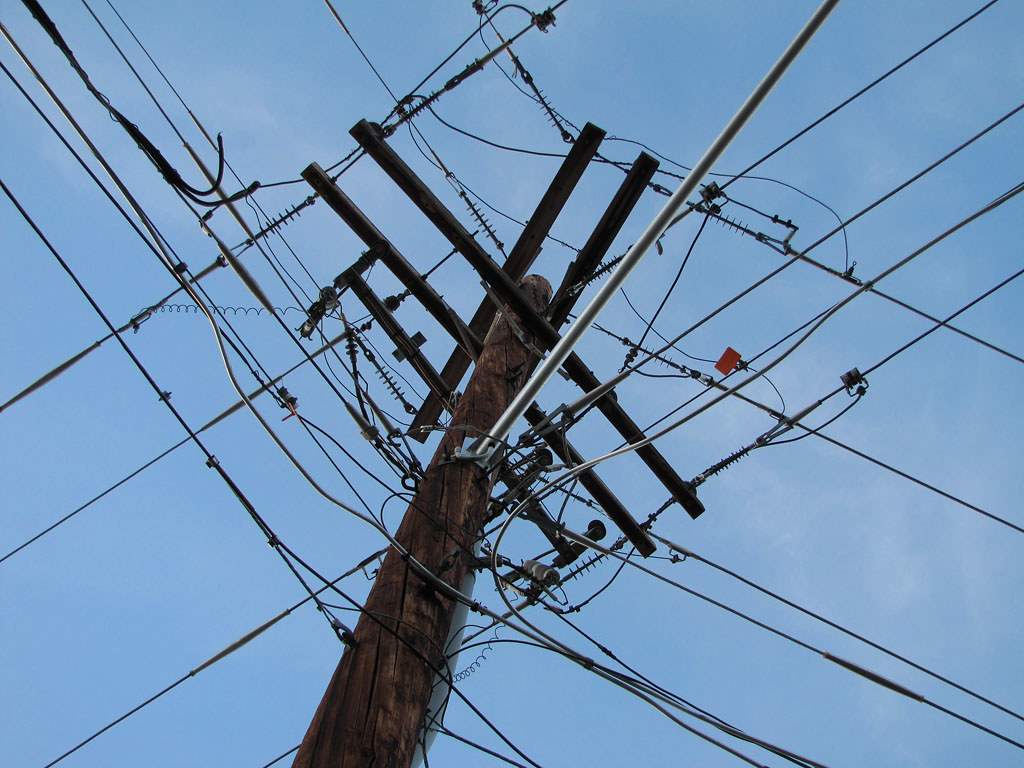
7. **Power Surges Caused by Your Utility Company**
When a power surge occurs, especially one originating from the utility company, many homeowners might assume their insurance will cover any resulting damage to appliances or electronic systems. However, standard homeowners insurance policies typically ‘won’t cover power surge damage or outages caused by your utility company or anything that originates off of your property.’ This exclusion is significant because utility company issues, such as fluctuations in the power grid or problems at a substation, are beyond the homeowner’s control but are not covered by their personal policy.
The rationale behind this exclusion is that the source of the peril is external to your property and its direct systems. Damage from off-property events is generally not the responsibility of your home insurance provider. While you might seek recourse from the utility company itself, your homeowners policy is designed for perils that either originate within your property or impact it directly from a covered source, like a lightning strike on your house.
Nevertheless, there is an important distinction to be made regarding the origin of the surge. If the ’cause of the power failure takes place on your property,’ for instance, a short-circuit within your home’s wiring that subsequently causes a fire, that specific damage would indeed be covered. In this scenario, the fire is a covered peril, and its origin within your property makes it eligible for a claim. This highlights that the crucial factor for coverage in power-related incidents is whether the damaging event initiates on your property or originates from an external utility source. Protecting sensitive electronics from external surges often requires dedicated surge protectors, as your standard policy will not step in for utility-caused issues.” , “_words_section1”: “1945
Read more about: Collision Control Mastery: The 12 Absolute Best Cars for Drivers Who Need an Extra Helping Hand
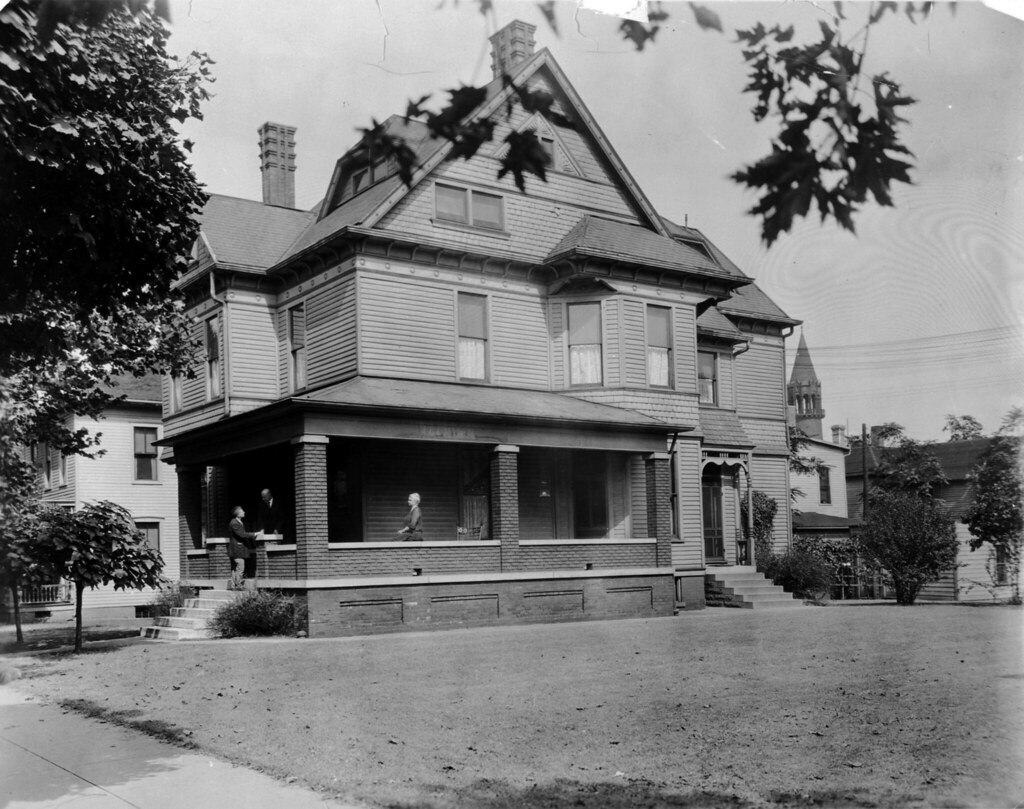
8. **Home-based Business Liability**
For many homeowners, operating a business from their residence has become a practical and increasingly common endeavor. However, it is absolutely crucial for these individuals to understand a significant limitation within their standard homeowners insurance policy: it “does not extend personal liability coverage to home businesses, like a home daycare or pet boarding operation.” This explicit exclusion means that if a client is injured on your property while engaging in business-related activities, or if your business operations lead to property damage or personal injury to others, your standard personal liability coverage will likely not apply.
The rationale behind this exclusion is straightforward: business operations introduce different and often elevated risk profiles compared to purely personal household activities. Standard homeowners policies are simply not designed to underwrite these commercial risks. Beyond liability, these policies also provide only “limited coverage for business property (around $2,500).” This amount is frequently insufficient to cover the value of inventory, specialized equipment, or other assets essential to a home-based enterprise, leaving a substantial gap in protection.
Furthermore, for those involved in agricultural or horticultural home businesses, it’s explicitly stated that “trees, plants, or shrubs grown for profit would also not be covered.” This detail highlights the specificity of exclusions related to commercial ventures on residential property. The complexity is further underscored by considerations such as whether “cannabis is covered by your home insurance policy,” which “varies greatly depending on the policy, insurance company, and your state of residence,” emphasizing the need for highly specialized advice.
Given these significant limitations, any homeowner operating a business from their residence should proactively seek specialized commercial insurance. Options typically include a home business endorsement, which can be added to an existing policy, or a standalone business insurance policy. These specialized coverages are designed to address the unique liability exposures, property protection needs, and specific risks inherent in commercial activities, providing the comprehensive safeguard that a standard homeowners policy cannot.
Read more about: Remember These? 14 Classic Cars From the 1980s That Everyone Forgot About (But Are Now Worth a Fortune!)
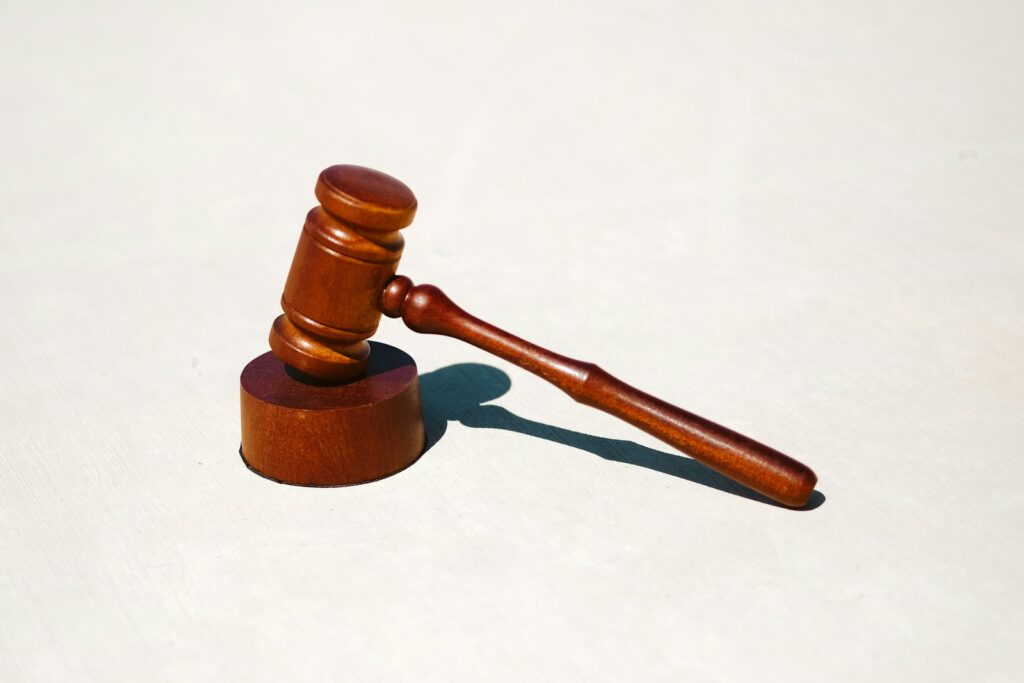
9. **Local Building Ordinance or Law**
Another critical exclusion for homeowners to be aware of is related to “Local building ordinance or law.” Standard homeowners insurance policies generally do not cover damage or loss that results from the enforcement of these regulations. Specifically, this clause “refers to any damage or loss that results from enforcement of a local building ordinance or law required to bring your home up to code,” including costs associated with “construction, repair, remodeling, renovation, or demolition of a building that hasn’t incurred a covered loss.”
What this means in practice is that if your home is damaged by a covered peril—say, a fire—your policy will typically cover the cost to rebuild or repair the damaged portions to their pre-loss condition. However, if local building codes have been updated since your home was originally built, and these new codes require more expensive materials or construction methods (such as updated electrical wiring, plumbing, or structural reinforcements), the additional costs to comply with these new mandates may not be covered by your basic policy.
This exclusion can lead to substantial out-of-pocket expenses, particularly for owners of older homes where bringing the property up to current code after significant damage can be a costly undertaking. It’s important to understand that this is distinct from the damage itself; it pertains specifically to the *increased costs* necessitated by legal requirements during reconstruction.
To mitigate this potential financial exposure, homeowners can often purchase an ‘Ordinance or Law Coverage’ endorsement. This supplemental coverage is specifically designed to cover the extra costs of rebuilding, repairing, or demolishing your property to comply with current building codes and ordinances after a covered loss. Homeowners are strongly advised to consult their insurance provider to understand their specific policy limitations and to consider this endorsement, especially if their home is older or located in an area with frequently updated building regulations.
Read more about: Mastering Gliding Skills: 12 Basic Rules for Safe and Legal Gliding on Private Property
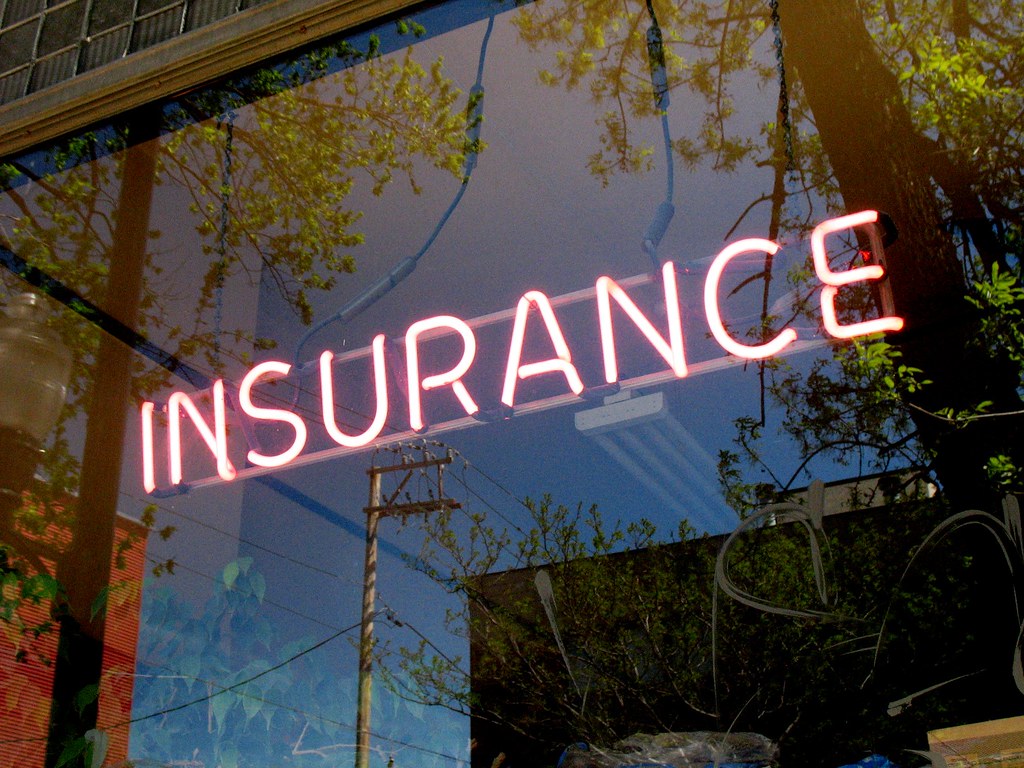
10. **Intentional Damage**
A fundamental principle of insurance is protection against unforeseen and accidental events, and this is clearly reflected in the exclusion for intentional damage. Home insurance policies unequivocally state that they “does not cover any intentional damage or loss caused by you or any resident family member.” This means that any deliberate act resulting in harm to your property, or to others, falls outside the scope of your policy’s protection.
For example, the policy context explicitly highlights that “if your angsty teenager spray paints your house, insurance won’t pay to return the home to its less-cool color.” This vivid illustration underscores that acts of vandalism or destruction committed by members of your household, when done intentionally, are not covered. The financial responsibility for repairing such damage rests entirely with the homeowner.
Furthermore, this exclusion extends beyond property damage to liability. While the personal liability section of your policy provides crucial coverage for accidental property damage or bodily injury to others, it makes a clear distinction regarding intent. If you or a family member intentionally cause injury to another person or deliberately damage their property, your homeowners insurance will not provide legal defense or cover any resulting settlements or judgments.
In essence, homeowners insurance is a safety net for accidents, not a shield for deliberate misconduct. Understanding this core exclusion is vital, as it emphasizes the personal accountability homeowners bear for the intentional actions of themselves and their resident family members, ensuring there are no misguided expectations regarding coverage for such acts.
Read more about: Beyond the Surface: Critical Pancreatic Cancer Warning Signs, Including Those That Start in Your Legs, You Should Never Ignore
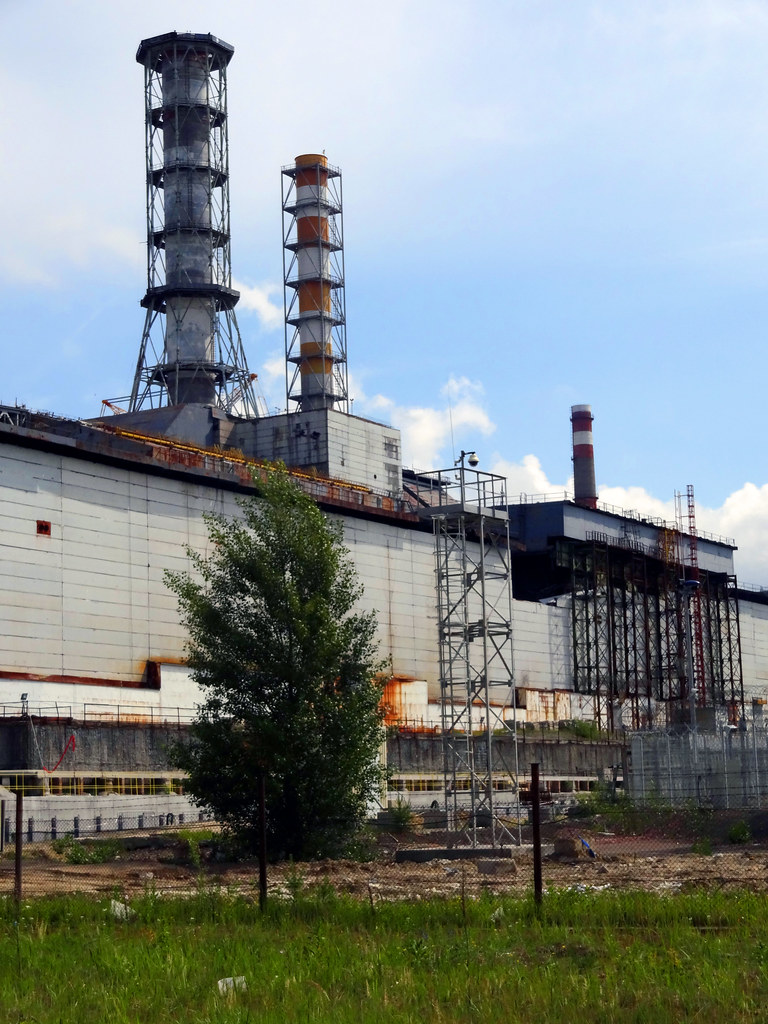
11. **Nuclear Hazards**
While an infrequent concern for most, standard homeowners insurance policies include a sweeping exclusion for “Nuclear hazards.” This clause broadly states that the policy “refers to any nuclear reaction, radiation, or radioactive contamination — whether intentional or not.” This means that should your property suffer damage from any form of nuclear incident, such as a power plant accident, radioactive fallout, or an act of nuclear terrorism, your standard policy will provide no coverage for the resulting contamination or direct harm.
The primary reason for this extensive exclusion lies in the catastrophic and wide-ranging potential of nuclear events. The scale of destruction, the potential for long-term health and environmental impacts, and the sheer unpredictability associated with such hazards are beyond the scope of conventional private insurance risk assessment and management. Such large-scale, systemic risks are generally deemed uninsurable in the standard market.
However, it is crucial for homeowners to be aware of a specific, albeit limited, exception within this broad exclusion. The policy context clarifies that “fire damage resulting from the nuclear hazard would be covered.” This is a significant distinction, meaning that while the direct effects of radiation or contamination are excluded, if a nuclear event were to *trigger a fire* at your property, the damage caused specifically by that fire would likely be covered under your standard policy.
Despite this narrow exception, the overarching message remains clear: for the vast majority of potential losses stemming from a nuclear hazard, homeowners should not expect protection from their standard insurance policy. This exclusion highlights the unique nature of nuclear risks, which often necessitate a national or governmental response rather than relying on private insurance claims for recovery.
Read more about: Unlocking the Universe’s Building Block: 14 Foundational Facts About Hydrogen That Point to a Future Energy Revolution

12. **War**
Another pervasive and comprehensive exclusion found in every standard homeowners insurance policy is for “War.” This exclusion is remarkably broad, stating that “Damage caused by any type of war, including declared and undeclared war, civil war, nuclear war, or a fascist insurrection on the nation’s capital, isn’t covered by your home insurance policy.” This clause effectively removes any coverage for property damage or loss that is a direct consequence of armed conflict, regardless of its form or scale.
The inclusion of such a sweeping exclusion is a practical necessity for insurers. Warfare, whether localized or global, has the potential to cause immense and widespread destruction, making the financial burden of covering such perils unsustainable for private insurance companies. These events are not isolated or localized risks that can be actuarially modeled and priced into premiums; rather, they represent systemic catastrophes affecting entire regions or nations.
This exclusion ensures that insurers are not liable for losses stemming from large-scale societal conflicts, which are considered outside the normal parameters of property risk. It underscores the fundamental purpose of homeowners insurance: to protect against specific, accidental perils, not the profound and unpredictable devastation wrought by organized violence and armed engagements.
Therefore, homeowners must understand that in the event of war or related acts of aggression, their property and assets are vulnerable to damage without the safety net of their standard insurance policy. This exclusion serves as a stark reminder of the limitations of private insurance in the face of widespread human conflict, indicating that recovery from such events would rely on mechanisms beyond individual insurance claims.
Read more about: 2025 Volkswagen ID.4: The Comprehensive CNET Guide to Its Family EV Credentials

13. **Government Action**
The final exclusion listed in standard homeowners insurance policies that merits attention is for “Government action.” While the provided context clearly identifies this as an excluded peril, it does not offer additional descriptive text or specific examples explaining the precise scenarios it encompasses. Nevertheless, its explicit inclusion in the list of what “homeowners insurance does not cover” is a critical piece of information for policyholders.
The presence of “Government action” within the exclusion section indicates that there are certain circumstances where actions taken by governmental bodies could lead to property damage or loss, and your standard insurance policy will not provide coverage for these events. This signals a distinct category of risk that falls outside the purview of typical homeowners protection, suggesting a reliance on legal or other governmental recourse rather than an insurance claim.
For homeowners, the absence of detailed explanation within the policy context itself underscores the importance of proactive inquiry. It is strongly advised that policyholders review their specific insurance documents and, if questions arise, consult with their insurance agent or provider to understand the full implications of this exclusion. Clarifying such nuanced exclusions is essential for informed decision-making and ensuring comprehensive awareness of potential gaps in coverage.
Read more about: Vehicle Emissions Testing: A Comprehensive Consumer Guide to Understanding and Navigating Smog Checks
Navigating the complexities of homeowners insurance is an ongoing challenge, but understanding its limitations is as crucial as appreciating its benefits. This comprehensive exploration of common exclusions—from environmental disasters and maintenance issues to intricate liability scenarios and acts of war—underscores a vital truth: no standard policy covers everything. Empowering yourself with this knowledge is your strongest defense against unexpected financial burdens. Always take the time to meticulously review your policy, engage in proactive home maintenance, and consider specialized endorsements or separate policies for specific risks pertinent to your property and lifestyle. Your home is a significant investment; ensure its protection is as thorough and informed as possible.


